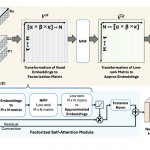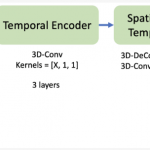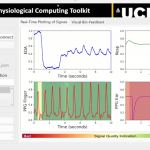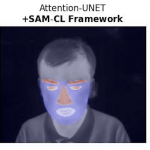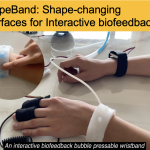
We introduce ShapeBand, a new shape-changing wristband designed for exploring multisensory and interactive anxiety regulation with soft materials and physiological sensing. Our approach takes a core principle of self-help psychotherapeutic intervention, aiming to help users to recognize anxiety triggers and…
